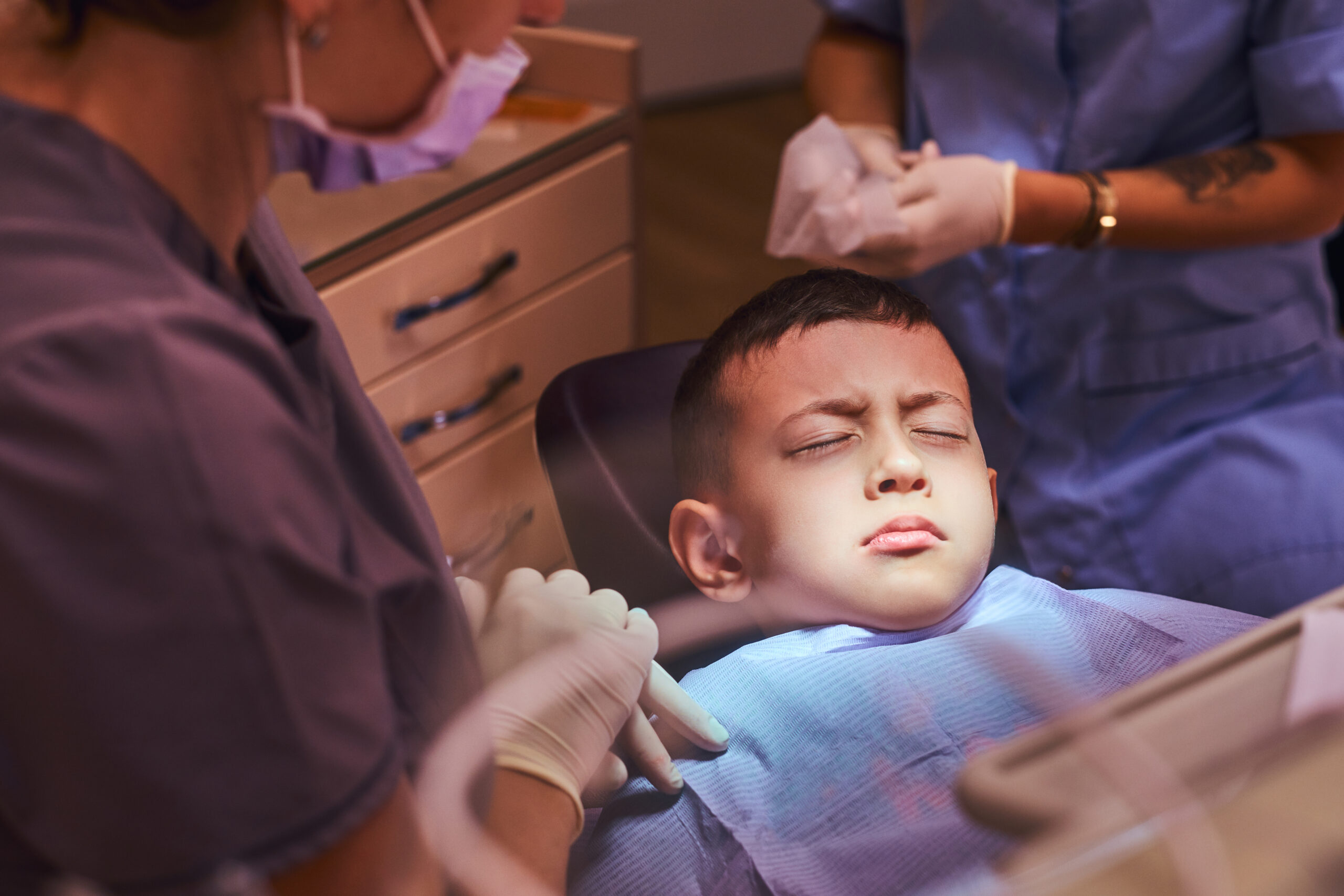What Is an Avulsed Tooth?
An avulsed tooth means a tooth has been completely knocked out of its socket. This dental emergency can happen to anyone. Often, it results from an accident or injury. If you act quickly, you can sometimes save the tooth. Knowing what to do right away can make a big difference. The term “avulsed tooth” is also called a “knocked-out tooth.”
Causes of Tooth Avulsion
Many things can cause a tooth to be knocked out. Usually, it happens because of sudden force or trauma. For example, children and adults may lose a tooth during sports or falls. Here are some common causes:
Because accidents can happen anywhere, it is important to know the risks.
Symptoms and Immediate Signs of an Avulsed Tooth
When a tooth is avulsed, you will notice it right away. However, some signs may not be as obvious. Look for these symptoms:
Sometimes, the area may feel numb or tingly. If you see these signs, act quickly.
Emergency Steps for a Knocked-Out Tooth
Acting fast can help save an avulsed tooth. Here are the steps you should follow:
Remember, time is critical. Ideally, see a dentist within 30 minutes.
Diagnosis and Dental Evaluation
Once you reach the dentist, they will check your mouth and the avulsed tooth. First, the dentist will ask how the injury happened. Next, they will look at your gums and other teeth. X-rays may be taken to check for more injuries. The dentist will also check if the tooth can be put back in place. Sometimes, they may need to clean the area before treatment.
Treatment Options and Prognosis
Treatment for an avulsed tooth depends on how quickly you get care. If the tooth is put back soon, the dentist may use a small wire or splint to hold it in place. This helps the tooth reattach to the bone. You may need to take antibiotics to prevent infection. In some cases, a root canal is needed later. If the tooth cannot be saved, your dentist will discuss options like dental implants or bridges. With fast action, many avulsed teeth can be saved, especially in children and young adults.
Prevention Tips and Oral Health Guidance
While accidents can happen, you can lower your risk of a knocked-out tooth. Here are some tips:
Good oral health and safety habits can help protect your teeth every day.
Summary
In summary, an avulsed tooth is a serious dental emergency. Quick action can help save the tooth. Always follow the emergency steps and see a dentist right away. Prevention is key, so use safety gear and practice good oral care.
If you or someone you know experiences a knocked-out tooth, consult a dentist immediately for the best outcome.

